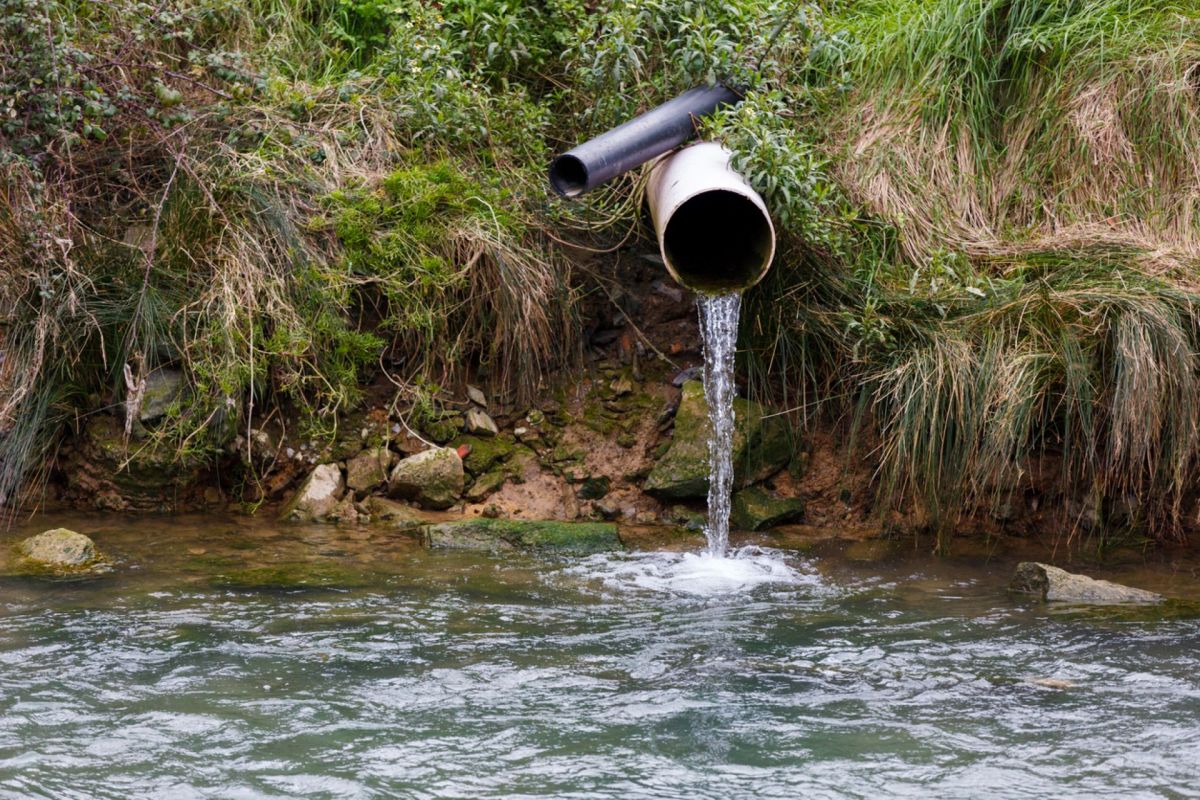The dyes that provide color to many of the objects in our world are also contaminating our water, but there's great news from researchers at Drexel University. They have found a way to neutralize the dyes, which can be toxic and carry potential cancer-causing substances, according to a report from the lab.
Dyes are used in the textile, cosmetic, and paper industries, among others. The clothing industry uses about 1.3 trillion gallons of water to color cloth each year, per a report from CNN. To put the volume into perspective, the story claims that it's enough water to fill two million Olympic-sized pools and that much of it is later sent, untreated, to rivers and streams.
That's where the Drexel team — and its "tiny" one-dimensional, photocatalytic nanofilament — comes in.
In essence (sans labspeak), microscopic dye particles become stuck on the nanofilament through adsorption. The nanofilament is exposed to light, which breaks down the dyes into carbon dioxide and water. There's quite a bit of chemistry in the degradation, including the formation of electron holes and radicals that help the illumination process purify the wastewater.
Interestingly, the dyes help to make the nanofilament sensitive to light, aiding in their own annihilation, all per the Drexel team.
The experts were able to break down two common dyes using visible light. The two pollutants were degraded by 90% and 64% in about a half-hour using a 1:1 mass ratio of catalyst to dye.
"We are just beginning to uncover the possibilities of this material," Professor Michel Barsoum, a study lead, said in the Drexel report.
Purging dye from wastewater has been difficult, as it's not a solid that can be filtered out. Of the nearly 380 billion cubic tons of wastewater we generate each year, Drexel experts estimated that only about 24% is treated well enough, in part due to troublesome substances like dyes.
An important breakthrough in the Drexel process is the effectiveness of visible light, like sunlight. Similar de-dyeing methods have so far needed UV treatments, which require a lot of power. The experts' light-sensitive nanofilament is more efficient, per the research team.
"The use of visible light … like the sun or other simulated light sources, could significantly reduce the financial and energy consumption costs associated with treatment," researcher Adam Walter said in the lab report.
The Drexel team is continuing their nanofilament research with hopes of finding new applications, helping to form a "sustainable future" — and cleaner water, Barsoum said in the report.
Join our free newsletter for weekly updates on the coolest innovations improving our lives and saving our planet.









